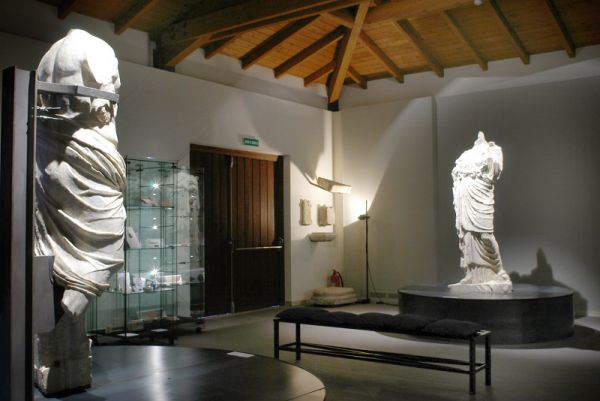Archaeology in Val Camonica: the Camunni wrote in Etruscan
The geographical location of Lombardy has always made its territory a crossroads for trading and cultural exchanges, the traces left by which can still be seen today in the many relics at our disposal.

Before Northern Italy was romanised, the territory which corresponds to what we now know as Lombardy witnessed the passage of many peoples, who stayed here and made it into a battlefield.
In order to discover the cultural exchanges that took place between the communities that lived in the Pre-alpine area and the Padan plain, we could, for example, start by comparing the precious Etruscan alphabet chart conserved in the National Archaeology Museum of Mantua and the inscriptions of the Camunni.

Museo Archeologico Nazionale di Mantova
Engraved on the bottom of a piece of bowl conserved in the National Archaeology Museum of Mantua, the alphabet chart originates from the Etruscan context of Castellazzo della Garolda, in Roncoferraro.
A comparison of this relic with the Camunni inscriptions clearly shows that both originate from the north Etruscan languages.
For example, we can compare it with the inscription in stone known as “Dos Curù 1” found in Cevo (BS), in the Dos Curù Foppelle Alte area.
Found by chance in 1999, the rock is located alongside the military road that runs along the mining area of the Iron Age. It is believed to have been made for commemorative purposes and it can be dated to the III-II centuries B.C., that, is, to the Iron Age.
Therefore, prior to the romanisation of the Alpine area, a phenomenon that is well-documented in the National Archaeology Museum of Civitate Camuno, we can suppose that the people of Val Camonica were fascinated by the charm of the Etruscan civilisation, which had therefore spread as far as the slopes of the Alps.